KuangEX Fee Calculator
Fee Estimator
Estimate your trading fees on KuangEX based on your monthly trading volume and order type.
Estimated Monthly Fees
Fee Schedule Overview
| Exchange | Maker | Taker | Volume Discount |
|---|---|---|---|
| KuangEX | 0.12% | 0.18% | Up to 0.08%/0.12% at $10M 30-day volume |
| Binance | 0.02% | 0.04% | Up to 0.01%/0.02% at $1B volume |
| Kraken | 0.16% | 0.26% | Flat after $10M volume |
| Coinbase | 0.00% | 0.50% | Tiered, but higher than KuangEX |
Looking for a quick rundown on KuangEX review? You’ve probably seen the name pop up in forum threads and wonder whether it lives up to the hype. This article breaks down everything you need to know - from security basics to fees, supported assets and how it stacks up against the big players.
TL;DR
- KuangEX is a centralized exchange that launched in 2022, targeting intermediate traders.
- Security relies on 2FA, IP whitelisting and cold‑storage for the majority of funds.
- Trading fees start at 0.12% maker / 0.18% taker and drop with volume.
- Supports ~350 spot pairs, plus margin, futures (up to 20x) and staking on popular tokens.
- Regulatory footprint is limited; the platform is registered in Seychelles and complies with basic KYC/AML.
What Is KuangEX?
KuangEX is a centralized cryptocurrency exchange that offers spot, margin and futures trading for a range of digital assets. The platform rolled out its beta in early 2022 and quickly attracted users seeking lower fees and a clean, customizable UI.
Security Measures
Security is the first filter most traders apply, and KuangEX follows industry‑standard practices:
- Two‑factor authentication (2FA) - users can enable Google Authenticator, Authy or SMS codes. Two‑factor authentication adds a second layer beyond passwords.
- IP‑whitelisting - optional feature that restricts login attempts to approved IP addresses.
- Cold‑storage - about 95% of user balances are kept offline in geographically dispersed vaults.
- Regular security audits - third‑party firms have reviewed the platform’s smart‑contract code for futures contracts.
While no exchange can claim 100% invulnerability, KuangEX’s security stack aligns with what you’d expect from a mid‑size player.
Fee Structure
Fees can make or break a trading strategy. KuangEX adopts a tiered maker‑taker model:
| Exchange | Maker | Taker | Volume Discount |
|---|---|---|---|
| KuangEX | 0.12% | 0.18% | Up to 0.08%/0.12% at $10M 30‑day volume |
| Binance | 0.02% | 0.04% | Up to 0.01%/0.02% at $1B volume |
| Kraken | 0.16% | 0.26% | Flat after $10M volume |
| Coinbase | 0.00% | 0.50% | Tiered, but higher than KuangEX |
Deposits are free for most cryptocurrencies; fiat deposits incur a 0.5% processing fee. Withdrawals follow a tiered schedule - larger amounts benefit from reduced network fees.

Supported Assets & Trading Options
KuangEX lists roughly 350 spot pairs, covering the usual suspects (BTC, ETH, USDT) and a decent selection of DeFi tokens. In addition to spot, the platform offers:
- Margin trading - up to 5x on major pairs.
- Futures contracts - perpetual swaps with up to 20x leverage.
- Staking - users can earn 4‑12% APY on assets like Ethereum, Cardano and Polkadot.
- Copy‑trading - a marketplace where top traders share their strategies for a fee.
While the token count is lower than giants like Binance, the range is sufficient for most active traders.
User Experience & Interface
The UI follows a two‑panel layout: a left‑hand navigation bar and a main chart area. Key usability points:
- Customizable dashboards - drag‑and‑drop widgets for order books, depth charts and news feeds.
- Dark and light themes - toggle with a single click.
- Mobile app - native iOS and Android clients mirror the web experience, supporting push notifications for price alerts.
- API access - REST and WebSocket endpoints for algorithmic traders; rate limits start at 120 requests/second.
New users may need a short learning curve, but the platform’s onboarding wizard walks you through KYC, wallet creation and first trade.
Regulatory & Compliance Outlook
KuangEX is incorporated in Seychelles, a jurisdiction that offers flexible licensing for crypto businesses. The exchange adheres to basic KYC/AML procedures: government‑issued ID, selfie verification and source‑of‑funds questionnaire. However, it does not hold a full license from major regulators such as the SEC or FCA.
For users in the EU or the United States, this means extra caution - the exchange is not covered by local investor protection schemes. That said, its compliance checks are on par with many other offshore platforms.
Pros & Cons at a Glance
- Pros
- Competitive fee tier that benefits medium‑size traders.
- Strong security stack with cold‑storage and IP‑whitelisting.
- Wide range of trading products (spot, margin, futures, staking).
- Customizable UI and responsive mobile app.
- Cons
- Regulatory coverage limited to Seychelles - not ideal for risk‑averse users.
- Liquidity on less‑known pairs can be thin compared with top‑tier exchanges.
- Customer support response times occasionally lag during high‑traffic events.
How to Get Started on KuangEX
- Visit the official website and click “Sign Up”.
- Complete the email verification and set a strong password.
- Enable two‑factor authentication in the security settings.
- Submit KYC documents - passport, driver’s license or national ID plus a selfie.
- Deposit crypto or fiat; most users start with BTC or USDT.
- Navigate to the “Trade” tab, pick a market, set order type (limit, market) and execute your first trade.
- If you plan to margin or futures, transfer funds to the respective wallet and acknowledge the risk warnings.
Once you’re comfortable, explore the staking hub or copy‑trading marketplace to diversify your strategy.
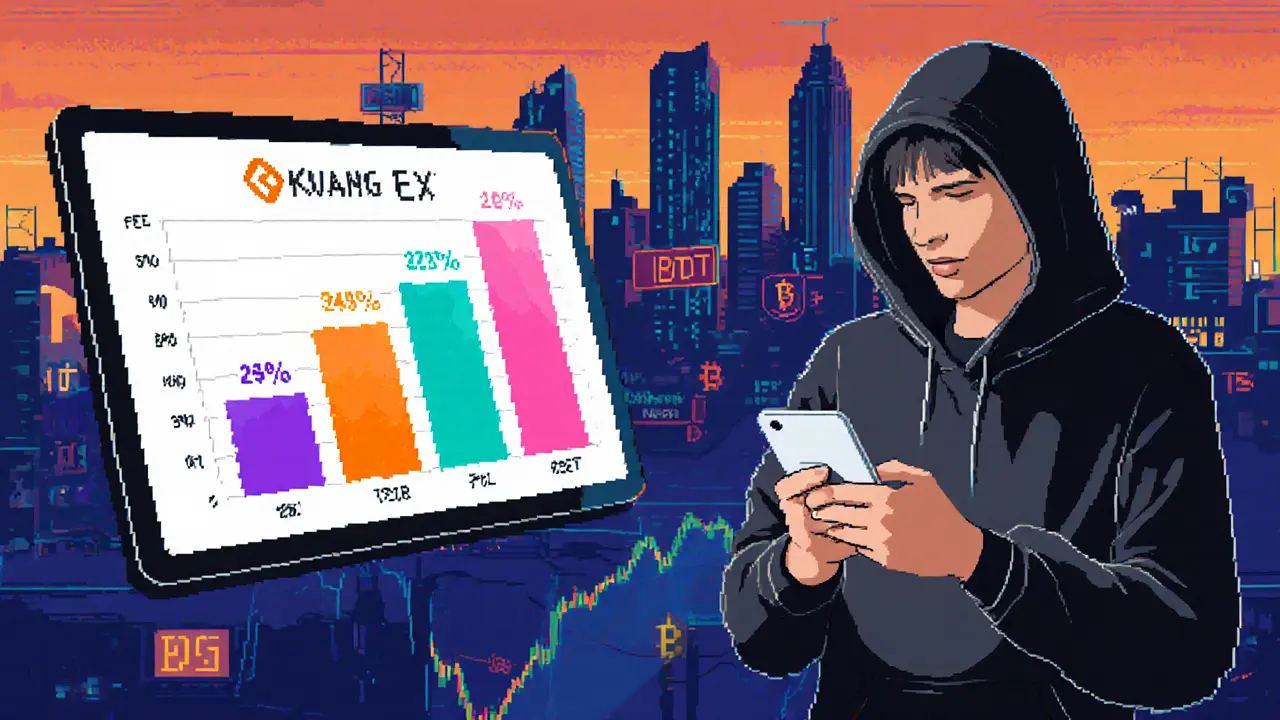
Frequently Asked Questions
Is KuangEX safe for large deposits?
Yes, the exchange keeps about 95% of user funds in offline cold storage and employs 2FA, IP‑whitelisting and regular security audits. However, because it operates under a Seychelles licence, it doesn’t enjoy the same regulatory safeguards as EU‑licensed platforms.
How do KuangEX fees compare with Binance?
KuangEX’s maker/taker rates start at 0.12%/0.18%, which are higher than Binance’s 0.02%/0.04% for high‑volume traders. Still, KuangEX offers a transparent tiered discount that can drop to 0.08%/0.12% once you trade over $10million in a 30‑day window.
Can I trade futures on KuangEX?
Yes, KuangEX provides perpetual futures contracts with leverage up to 20× on major pairs like BTC/USDT and ETH/USDT. Margin requirements and liquidation thresholds are clearly displayed on the contract page.
What fiat options are available for deposits?
Users can deposit USD, EUR and GBP via bank wire or credit‑card. Each fiat deposit incurs a 0.5% processing fee, while crypto deposits are free.
Does KuangEX offer a mobile app?
Yes, native iOS and Android apps replicate the web interface, support push notifications, and allow you to place orders, manage wallets, and view real‑time charts on the go.


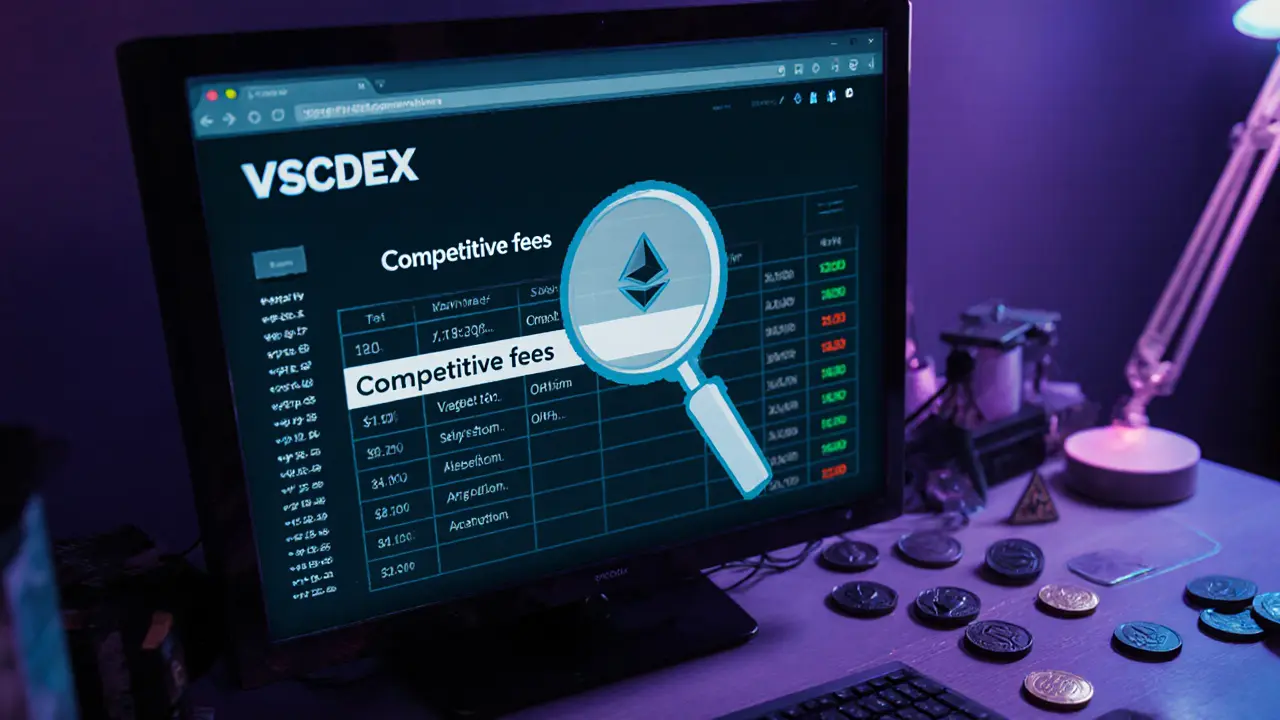

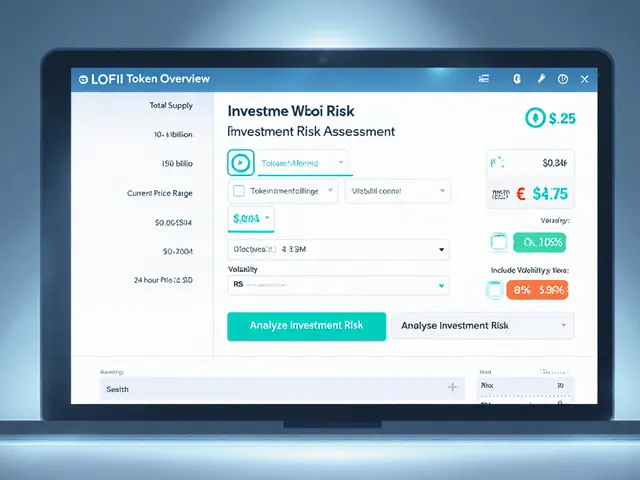

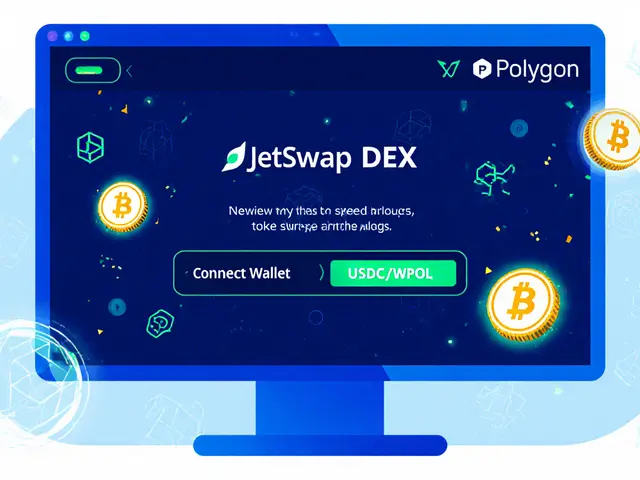
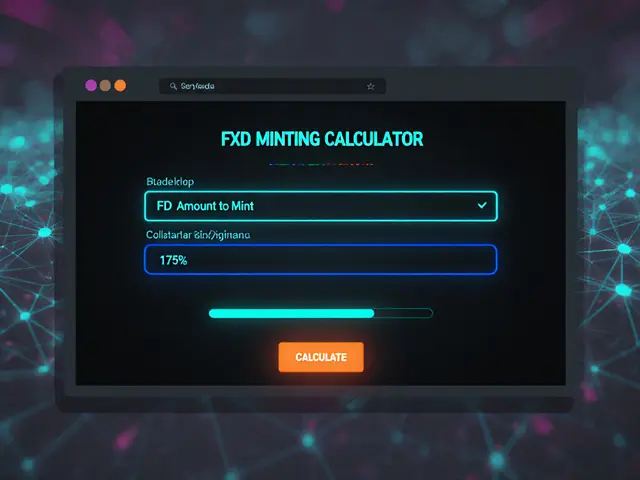
Stefano Benny
June 2, 2025 AT 10:40Even though KuangEX boasts a 0.12% maker fee, the hidden cost lies in slippage on thin order books, especially for low‑cap alt pairs. Liquidity fragmentation can turn a “cheap” trade into a pricey execution nightmare. 🚀📉
Bobby Ferew
June 13, 2025 AT 10:40While the platform lists 2FA and cold‑storage, a compromised phone nullifies those safeguards, making the whole security stack feel like a paper‑towel over a leaking pipe.
celester Johnson
June 24, 2025 AT 10:40One could argue that the true measure of an exchange isn’t its fee schedule but the epistemological comfort it provides its users; if you’re constantly haunted by the specter of a potential breach, the marginal savings evaporate like vapor.
Prince Chaudhary
July 5, 2025 AT 10:40Let’s keep the discussion constructive: if you enable IP‑whitelisting and stick to the mobile authenticator, you’re already adding a solid layer of defense without overcomplicating the workflow.
John Kinh
July 16, 2025 AT 10:40Honestly, the fee table looks like a copy‑paste from anyone else.
Mark Camden
July 27, 2025 AT 10:40From an ethical standpoint, it is incumbent upon traders to demand transparent licensing; operating under a Seychelles charter without robust regulatory oversight borders on moral negligence, regardless of how polished the UI appears.
Evie View
August 7, 2025 AT 10:40The claim that “staking on KuangEX yields 12% APY” smacks of aggressive marketing; most of that return is just a token‑inflation scheme that rewards the platform more than the investor.
Kate Roberge
August 18, 2025 AT 10:40Look, if you’re trying to out‑fee Binance, you’ll be disappointed – KuangEX’s 0.12% is a cute number until you realize the spreads on niche pairs are astronomically wide.
Oreoluwa Towoju
August 29, 2025 AT 10:40Consider starting with the most liquid pairs; this reduces hidden costs and builds confidence before venturing into the thin‑liquidity market.
Jason Brittin
September 9, 2025 AT 10:40Wow, a mobile app that mirrors the web UI – because we definitely needed another way to stare at charts while waiting for coffee. 😏📱
Amie Wilensky
September 20, 2025 AT 10:40It is noteworthy, however, that the API rate limit of 120 requests per second, while sufficient for most retail bots, may become a bottleneck for high‑frequency strategies; therefore, developers should architect their request batching logic accordingly; this ensures adherence to the exchange’s usage policies and prevents inadvertent throttling.
MD Razu
October 1, 2025 AT 10:40When evaluating an exchange, one must adopt a holistic lens that transcends mere fee percentages and ventures into the realm of systemic risk management. The architecture of KuangEX’s order matching engine, for instance, is not publicly audited, which raises questions about latency arbitrage opportunities. Moreover, the reliance on a single cold‑storage provider introduces a single point of failure that could be exploited in a coordinated attack. The platform’s KYC procedures, while standard, lack the depth of verification found in EU‑licensed entities, potentially opening avenues for illicit activity that could attract regulatory scrutiny. On the liquidity front, the order depth for mid‑cap tokens often collapses beyond the first few price levels, leading to severe price impact for sizable orders. This price impact, combined with the tiered fee structure, can erode the nominal savings that a trader expects from the lower maker rates. Additionally, the margin trading feature caps leverage at 5x for major pairs, markedly lower than the 20x offered on rival futures platforms, which may dissuade high‑risk appetite users. The futures contracts themselves are perpetual swaps, which means funding rates constantly adjust, subtly shifting the cost basis over time. Users must also be aware that the staking rewards are denominated in the native token, subject to inflationary dilution, and therefore the advertised APY may not reflect real net returns. From a compliance perspective, operating under a Seychelles licence affords flexibility but also means the exchange is not subject to stringent consumer protection statutes. Consequently, in the event of insolvency, users may have limited recourse to recover assets. The customer support infrastructure appears to be lean, with documented response lag during peak market volatility, a factor that can exacerbate user frustration. In terms of technological integration, the REST and WebSocket APIs are well‑documented, yet the lack of sandbox environments hampers thorough testing before deploying capital. Finally, the community governance model is opaque; decisions regarding fee adjustments or new product launches are not subjected to decentralized voting, which could be perceived as centralized control. All these considerations coalesce into a risk‑reward equation that each trader must balance against their own tolerance for uncertainty.
Charles Banks Jr.
October 12, 2025 AT 10:40So you think a sleek UI justifies ignoring the deeper architecture? Nice try.
Ben Dwyer
October 23, 2025 AT 10:40If you’re new to crypto, start small, enable every security option, and keep your funds in a personal wallet when you’re not actively trading.